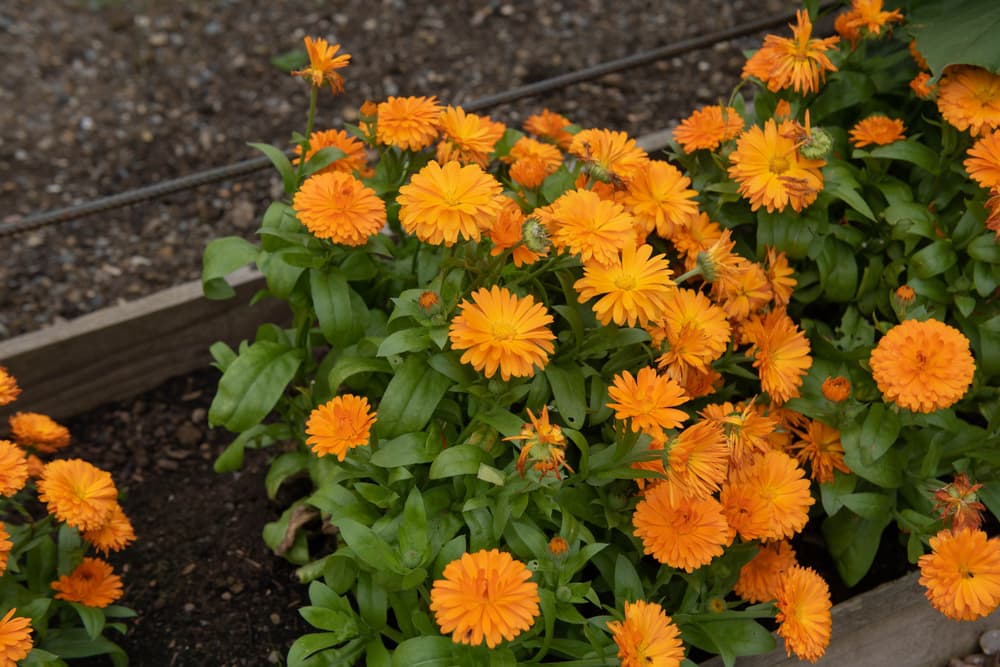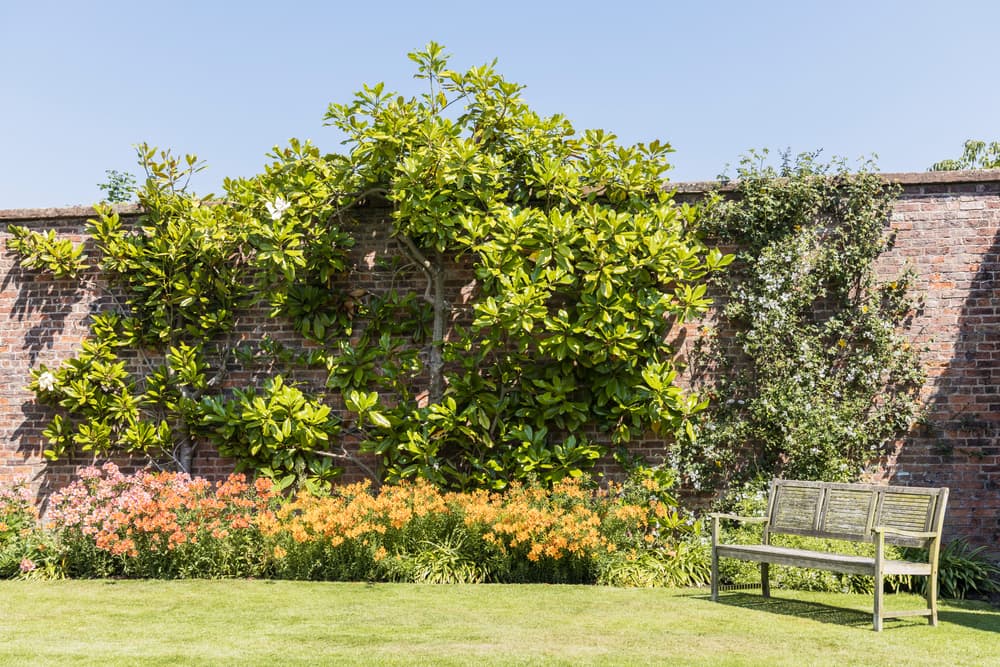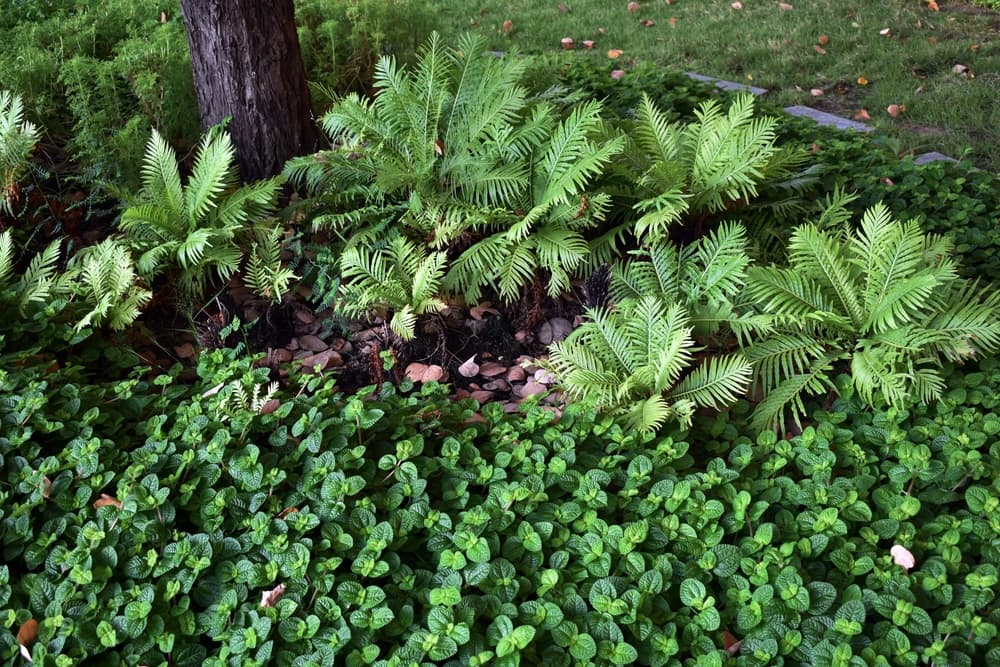Chris is a gardening writer and nature enthusiast. He graduated from Oxford Brookes University in 2022 with an MA in Psychology. Chris works with the Leeds Green Action Society, helping their food cooperative by growing various fruit and vegetables on their two allotments in Hyde Park, Leeds.
Reviewed By PETER LICKORISH

Peter is a Horticulture Lecturer and self-employed Horticulturist, with a passion for diverse areas of the industry - from garden design to the science behind plant growth and propagation. He has completed the Royal Horticultural Society’s Master of Horticulture (MHort) Award and lectures on RHS courses at Bedford College.
Contributions From FLO HEADLAM

Flo Headlam is a Garden Designer, Writer & TV Presenter. She is currently a Designer and Presenter on BBC Garden Rescue, having previously worked in the BBC Gardeners' World team. Flo has a Diploma in Garden Design from Capel Manor and has experience working on commercial projects and community gardens.
Regardless of the size of your garden, most gardeners have to deal with small or narrow borders.
If you have a particularly small garden, this problem can feel like a particularly big challenge.
Trying to find the best plants to fit in these tricky spaces is hard enough, and the last thing you want to do is overstuff that space and create confusion.
As with any garden, big or small, the goal is to create harmony and allow the plants you have chosen to complement each other.

“It might seem counterintuitive, but when you have a small space, you can put big plants in it to make it feel more luxurious,” says Flo Headlam, Garden Designer & TV Presenter.
“Growing things in containers is also very useful in small spaces because you can move them around.
“You could use pots of a similar size to bookend paths or a doorway, or you can use lots of different-sized pots for a collection.”
We understand that small garden spaces might make you feel like your options are limited but, with a little planning, creativity, and boldness, you can make those little spaces become one of the big focal points of your garden.
Up Against The Fence
There are many reasons why we may find ourselves with small and narrow borders.
Often it’s because the border is next to a path, alongside your garage, close to the front of the house or right up against a fence.
That said, regardless of the reason, the solutions for planting are predominantly the same.

It can be very tempting to just fill the space with as many pretty flowers and shrubs as possible, and be done with it.
As with all gardening, though, patience is a virtue, and jumbling plants together is never a fix.
That’s why we’ve put together a list of the best plants to make your small and narrow borders not only thrive, but make a real statement.

Now that you’ve sussed out any difficulties you might be up against when it comes to planting in small and narrow borders, the next step is to find the plants that will not only grow well but thrive and accentuate the space.
We’ve put together a list of our favourite plants and top tips to help you perfect even the smallest or narrowest of borders.
Best Plants For Small & Narrow Borders
“I think it is useful in small places to grow vertically,” says Flo.
“What this also does is forces your eye upwards. The space will then feel bigger because you’re looking up at the sky.”
So, if your borders are next to a wall or fence, then growing vertically is the place to start.
Do bear in mind, however, that you still need to choose plants that won’t grow out of hand and encroach on the limited space that you have.
1) Espalier Training Trees

Not only are espalier trained trees a great way to save space thanks to their propensity to grow vertically, flat against the wall but, once established, they can also reward you with beautiful foliage, flowers and fruit.
If your tricky border is next to a wall or a fence then training trees upwards that produce pears, peaches, apples and apricots are the perfect solutions.
They are low maintenance, and, with the help of wires or trellises, will flourish and add a new dimension to your garden.
2) Furnish With Ferns

Ferns are a great way to add texture and structure.
Sometimes it’s best to keep things simple – adding some lush greenery can be all it takes to really spice up that little space.
With little effort, you can breathe life into your narrow border and give it a new lease of life.

An assortment of ferns is ideal for small, damp and shady spots.
They are beautiful foliage plants that can not only bring texture and structure to borders but also bring softness.
With their varying shapes and sizes, it’s straightforward to find a suitable fern that will give your small or narrow border a real presence.
3) Flower Power

Mixing some flowers into your small and narrow border will complete the look and bring a splash of colour to the area.
In this case, less is definitely more, so only choose one or two flowering plants to make sure it doesn’t look too busy.

Choosing the right flowers can have a game-changing impact on your border and bring it up to the next level.
Try to choose flowering plants that will complement the shrubs and ferns you have selected, and this will give your borders a nice, well-rounded finish.
“Bulbs work well in narrow borders because they have a slender shape and a succession can be chosen for interest throughout the year, beginning with snowdrops, then daffodils, tulips, Camassia, Gladioli, autumn crocus and nerines,” shares Master Horticulturist Peter Lickorish.
“However, lots of these plants have a very similar outline, so to add interest, the look can be softened with plants that are still slender, but more rounded in shape.
“French lavender is a good choice, but it can be cut harder back in spring than English lavender if it outgrows its welcome.”
Here are some more of our favourites:
Red Hot Poker

Sedum

Catmint

Penstemon

Foxgloves

Cranesbill

Nerine

4) Libertia

Libertia is an elegant, clump-forming perennial which grows with grass-like foliage and produces beautiful sprays of white or blue flowers.
This makes it perfectly suited for small garden borders.
We recommend planting in a sunny spot in moist, well-drained soil.
Growing up to 1m in height, Libertia is easy to care for and just needs a little pruning by removing flower stalks after flowering.
Preempt Problems

The first thing you need to consider is what challenges your little border poses.
As mentioned, most small and narrow borders are designed that way because they’re aligned with a larger structure such as a wall, fence or paved path.
For this reason, it’s essential to preempt problems before you start planting.
Shallow Soil

It’s common for smaller borders to have shallower soil and, if close to paths or the front of the house, high content of rubble and general debris.
Before you begin the process of introducing plants, you must remove anything that will disrupt the growth of your plants and then add an extra layer of topsoil.
Rainshadow
A less open bed may be prone to what’s known as “rainshadow” meaning that, due to the borders close proximity to a wall or a fence, the soil is likely to be much drier.
If this is a factor for your border, we recommend opting for plants that tolerate drier conditions.
Most wall or fence-side borders will also benefit from having organic matter dug in and, once your chosen plants are established, you can apply mulch.
Avoid Spreading Plants

This may seem to go without saying, but it’s particularly important if your border is next to your garden path.
Not only will the plants that grow broadly and spread out dominate the border, but they will quickly take over the path as well.
So, naturally, we recommend choosing plants that won’t compromise the space for other plants or the access to your house.
Nice Things Come In Small Packages

Hopefully, you’re now feeling fully equipped with all the information you need to create small and narrow garden borders which display balance and cohesion.
It may seem a bit daunting, and you may worry about overcrowding, but all you need to do is just take your time and add your plants one by one.
Remember, you can always plant more if required.
With patience and care you will soon realise that these tricky little spots are not nearly as challenging as you thought and you can prove once and for all that nice things really do come in small packages!

